Have you ever looked at the Hasselblad SWC and thought to yourself: I love this, but it just looks flimsy and insubstantial. And it’s not even a real SLR? I need to see what I’m shooting and still have two functional kidneys in my body… I need my superwide, but chunky, and on the cheap. We’re talking today about the Nikkor DC 40mm f4 – my favorite lens from the Bronica S2/EC system and a little known alternative to the Hasselblad SWC.
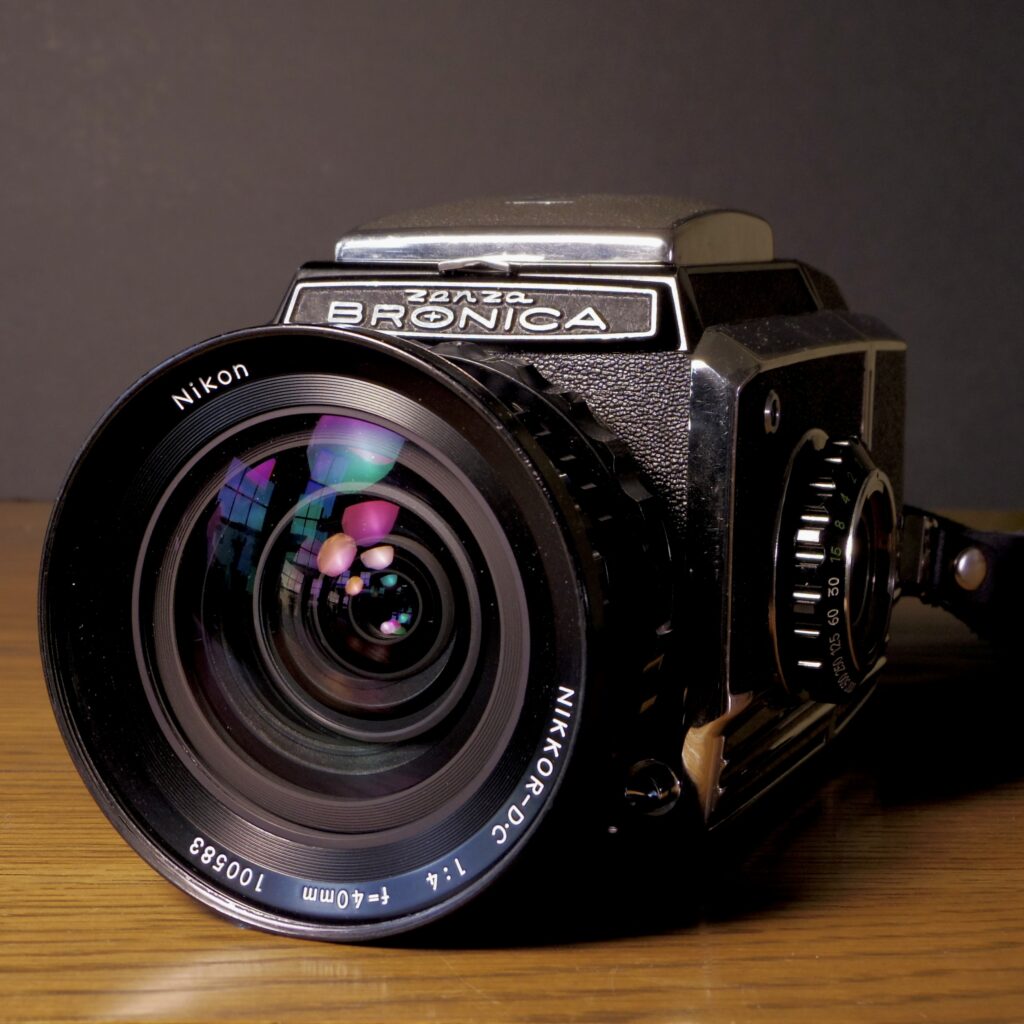
On the used market, a Bronica body costs only 10-20% of what a Hasselblad goes for, and this 40mm lens costs about as much as a working Bronica body of lesser condition. I got my lens for about half its usual price because it had a fungus spot, which a UVC lamp and some cleaning soon extirpated.
Note: the Nikkor 40mm comes in D and DC versions: the DC is just a newer multicoated version of the D. Also note that there is a second 40mm lens for the system, made by Bronica itself after its divorce from Nikon, and branded as a Zenzanon. This one is also f/4, but is a pancake instead of foghorn, and unfortunately 2-3x the price of the Nikkor when one can even find it for sale. I believe this later Zenzanon lens is the basis for the SQ’s 40mm PS lens. I’d like to try the S2 Zenzanon version one day, but that’s another story.
Compared to the Hasselblad SWC, the Bronica SWFF has an ever so slightly longer focal length (40mm vs 38mm), but that’s not enough to make much difference. It’s like a 25mm horizontal full frame equivalent field of view (versus 24mm on the SWC) and 17mm vertically (versus 16mm on the SWC). Not that different.
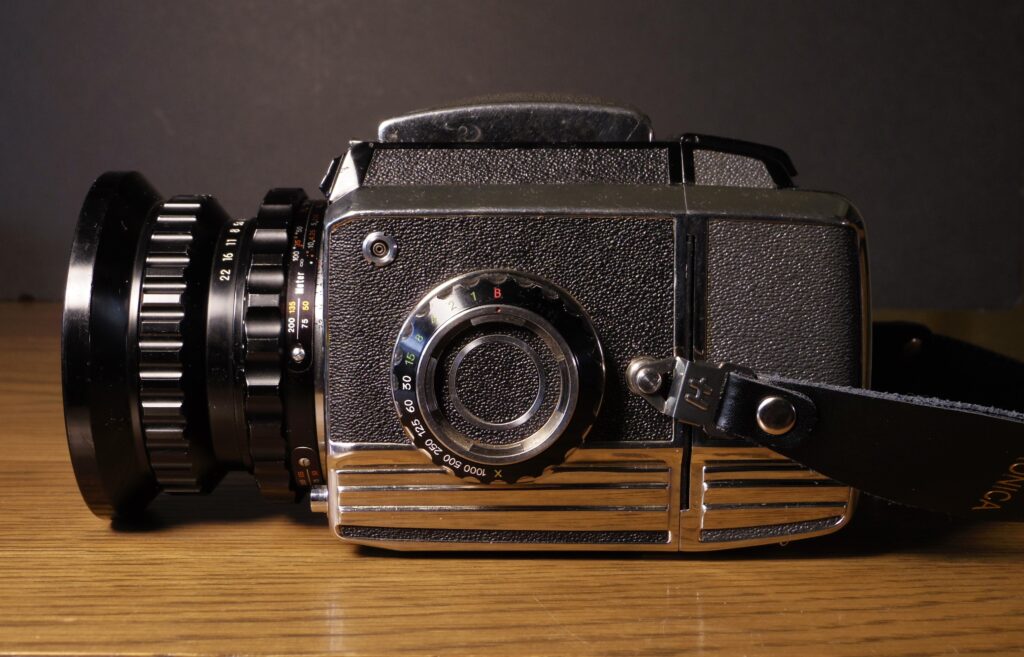
On the other hand, while the SWC is svelte, lightweight, and compact, the SWFF is anything but. The S2 itself aesthetically resembles peak 1950s America Detroit iron, and weighs as much. And this lens is… big. The filter size is 90mm. It weighs nearly a third as much as the body (512g with lens cap / 1710g with helicoid and back, no film, no strap). Despite that, it extends only 50mm past the front of the focusing helicoid (at infinity, including the 5mm lens cap; compare with about 20mm past the focusing helicoid for the 75mm Nikkor P, also with lens cap at infinity).
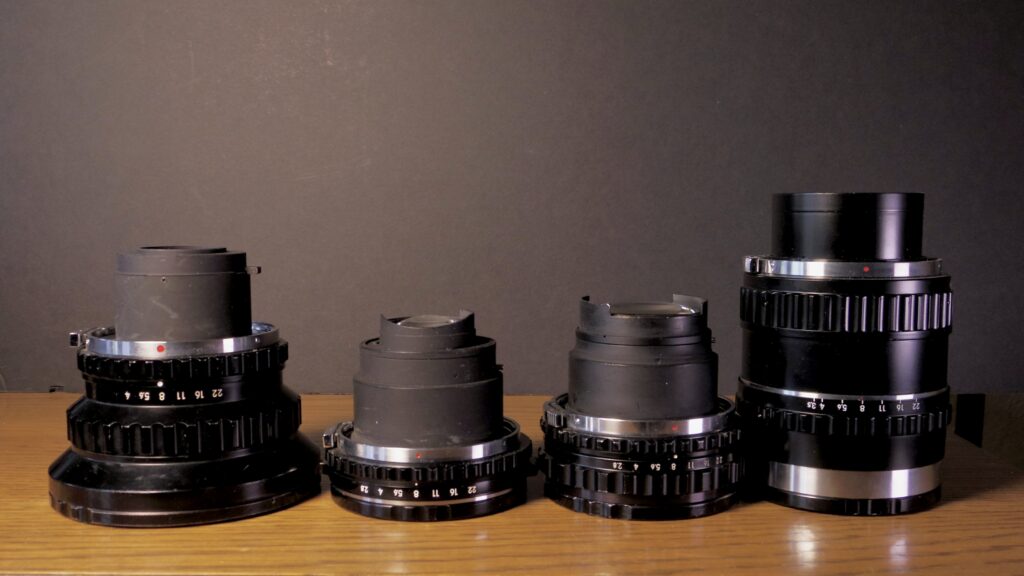
The Nikkor-D is almost in the territory of lenses that mount a camera to them, rather than vice versa, but not quite. I’d say it’s more like a mating of co-equals. When unmounted, its shape resembles a volcano, and it is particularly inconvenient to pack around.
Side note: Bronica lens body-side end caps suck. On nearly every Bronica cap I have, the thin lugs that engage with the bayonet mount have cracked or broken, so they don’t really stay on well. Bronica should have copied Komura’s screw-on solution.
The filter size is a beastly 90mm (though this is frequently misreported online as being 67, which is the standard for most Bronica lenses and for the Zenzanon 40mm pancake).
Hasselblad purists will complain that the comparison is unfair: the Biogon is symmetrical rather than retrofocal, and thus produces almost no distortion. I’ve not measured the distortion on the Nikkor-D, but then again I haven’t felt the need to. If this marginal improvement in distortion is worth a ~500% premium, then by all means go for it. But, “the lack of even miniscule edge distortion is really what makes this picture outstanding” said no one, ever (except maybe photographers about their own photo).
Low light performance is one thing I really like about this lens. While f/4 is not generally considered “fast”, the short focal length buys at least one usable stop over the standard 75mm f2.8, and the greater DOF is also super helpful in low light. Personally, I’ve shot this lens hand held (with bracing) down to 1/8th with usable good results, and I frequently shoot it at 1/15th.
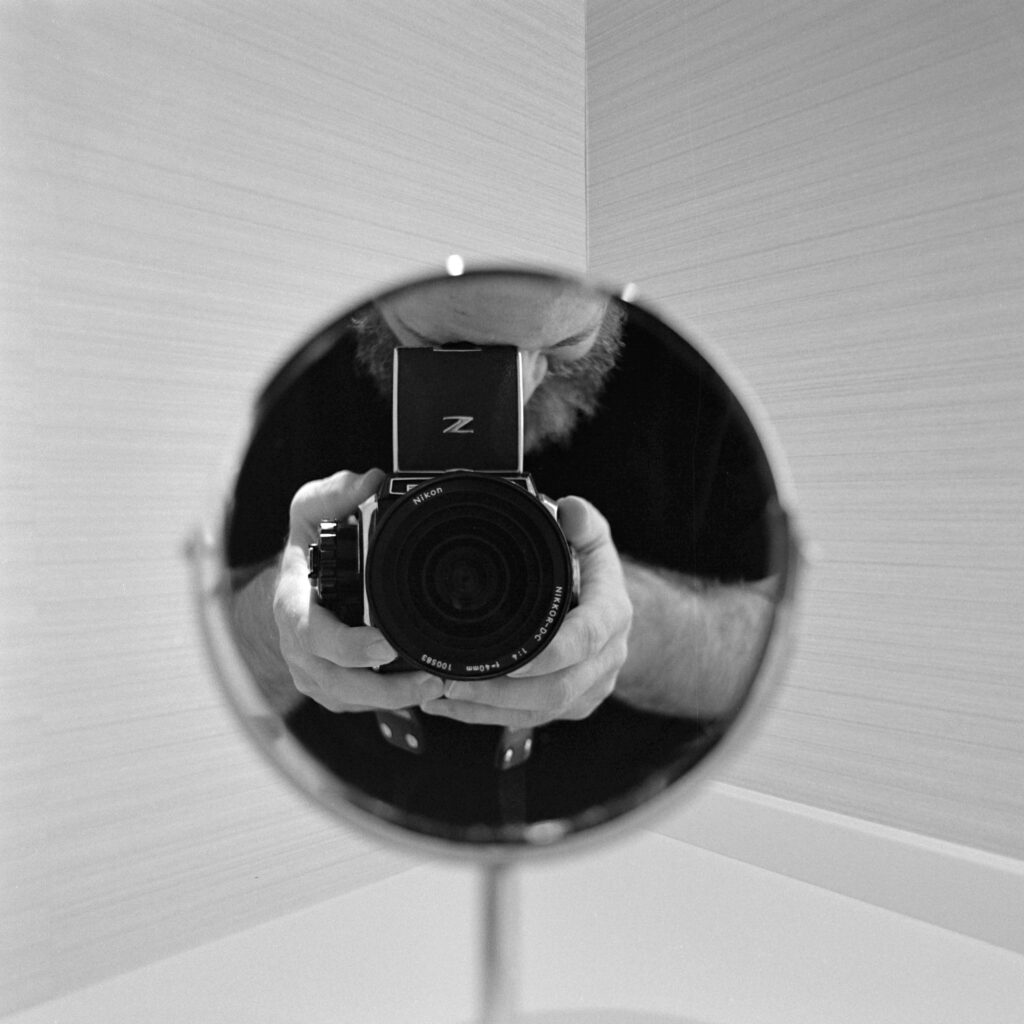
Although it is not a macro, this lens also has a great minimum focusing distance. Because most Bronica S2 lenses share the same helicoid, the travel of the helicoid is centered around the standard 75mm kit lens. Wider lenses thus extend farther than they otherwise might and thus benefit from increased MFD, while longer lenses that use the same helicoid tend to have a little less MFD (relative to comparable lenses in other systems). The Nikkor 40mm can focus down to less than a foot, or 27cm, which is quite close despite the wide field of view. Combined with the SLR body (no need for parallax correction), this makes near-macro shots possible.
Additional images with the Bronica Nikkor D 40mm f4:
(Note: Any noticeable vignette in these images was added in post, and is not due to the lens)
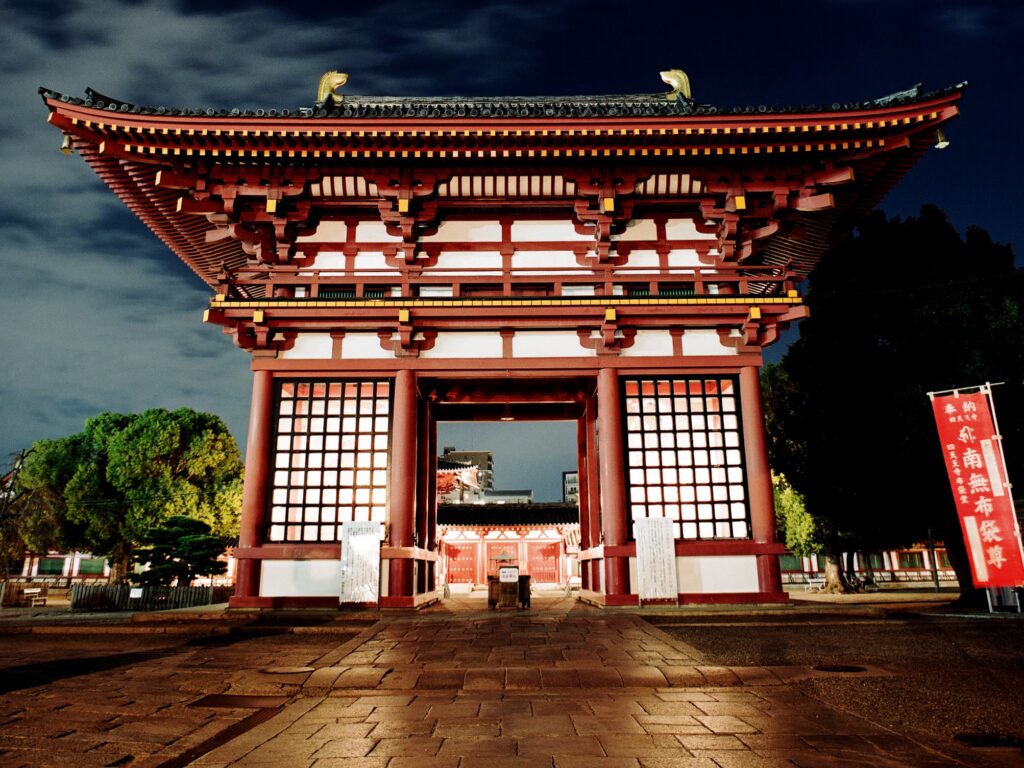
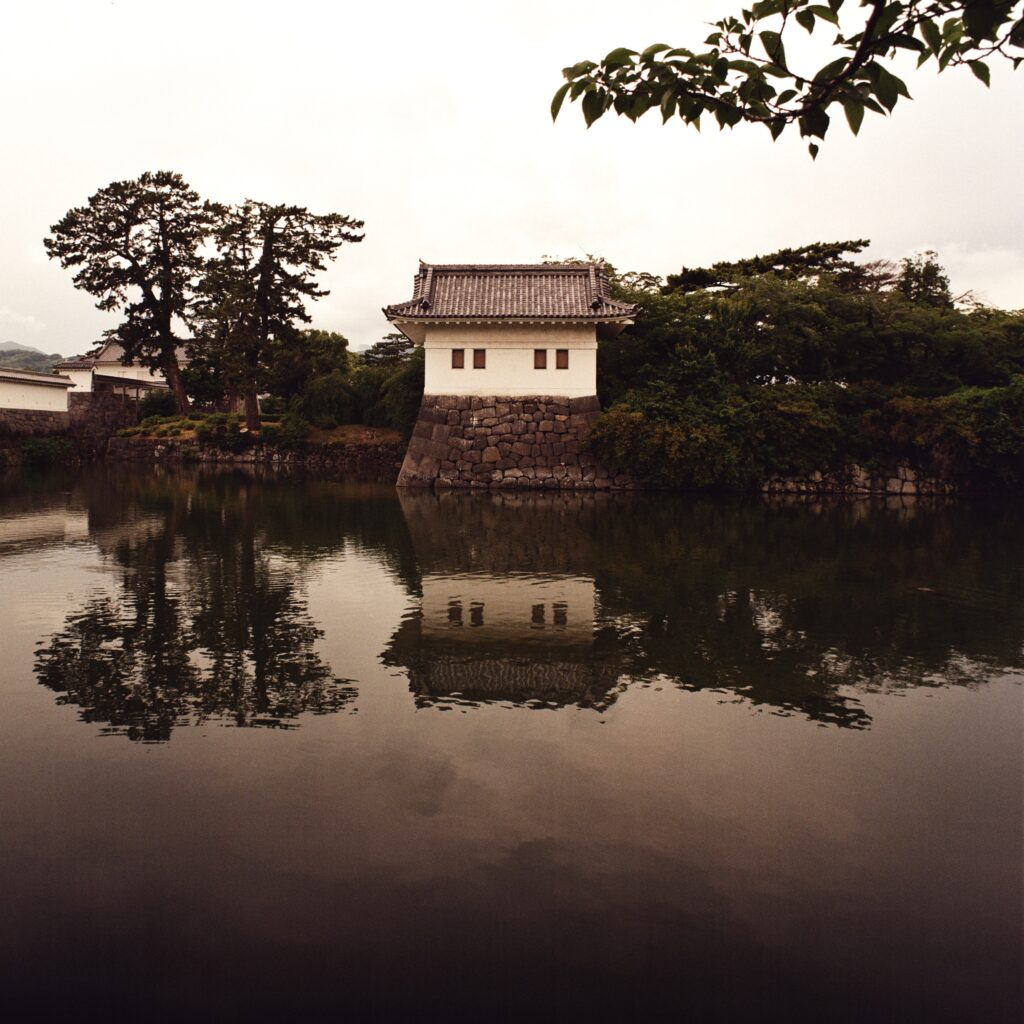
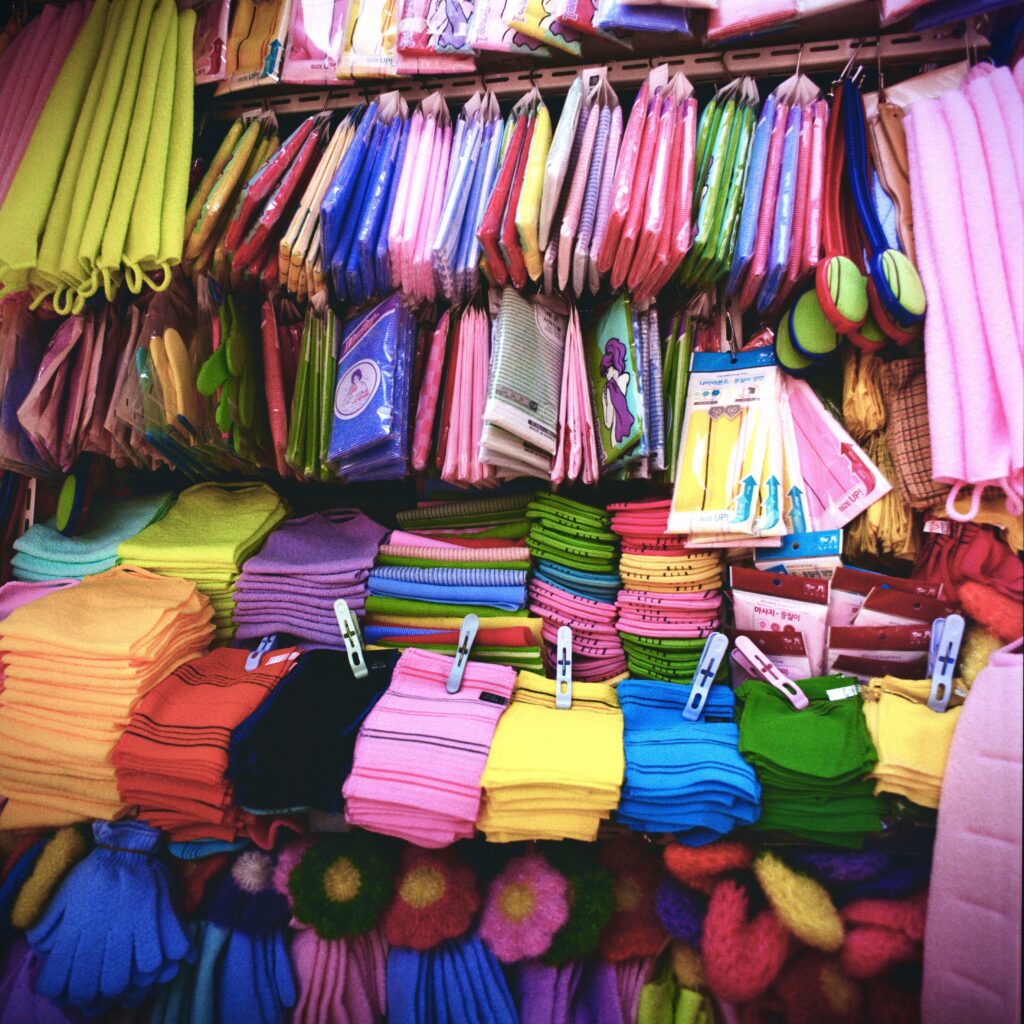
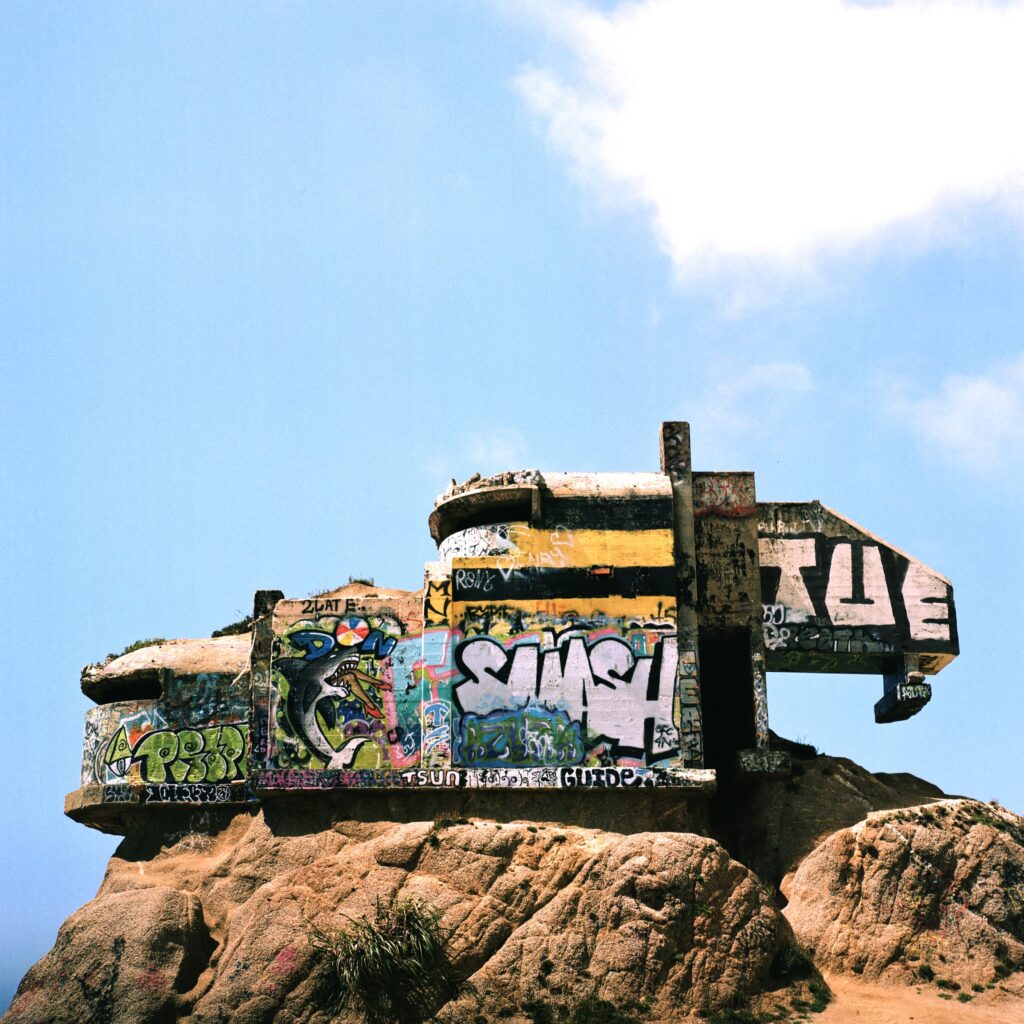
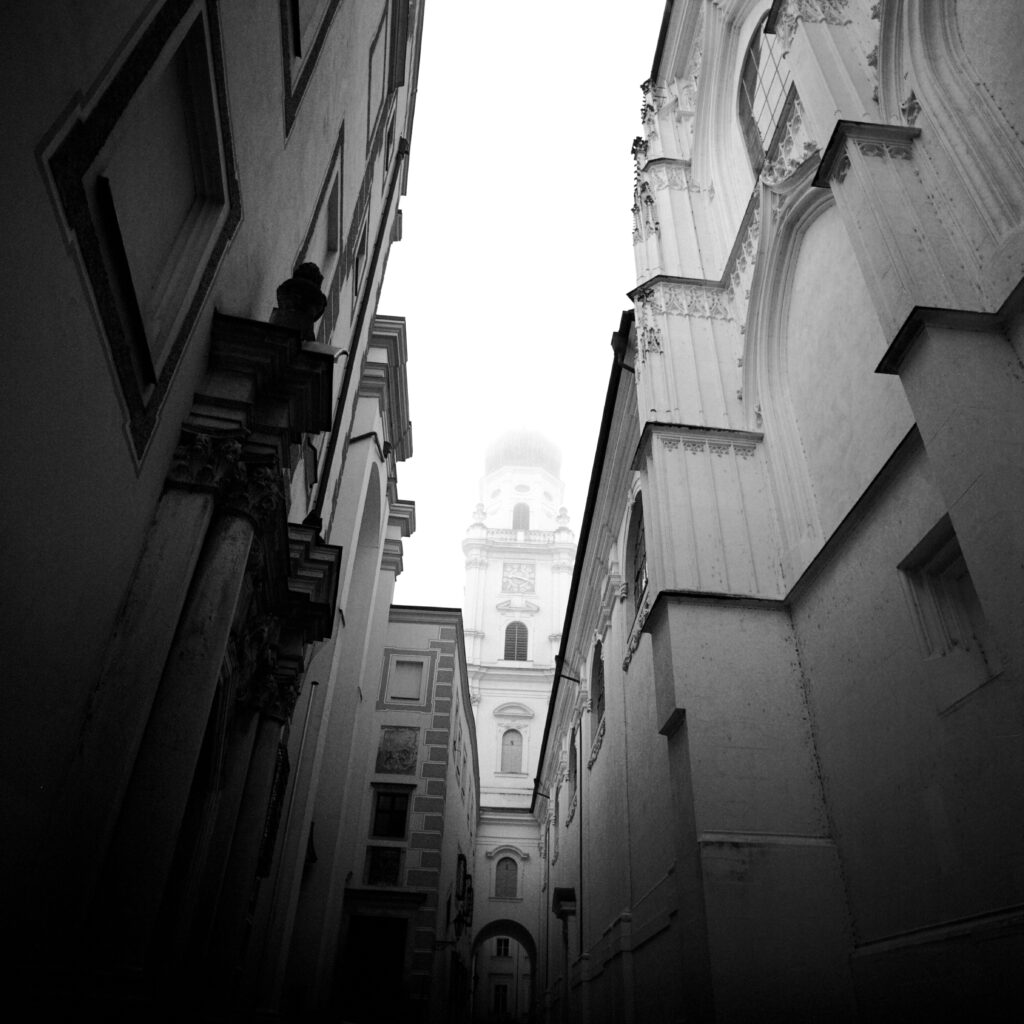
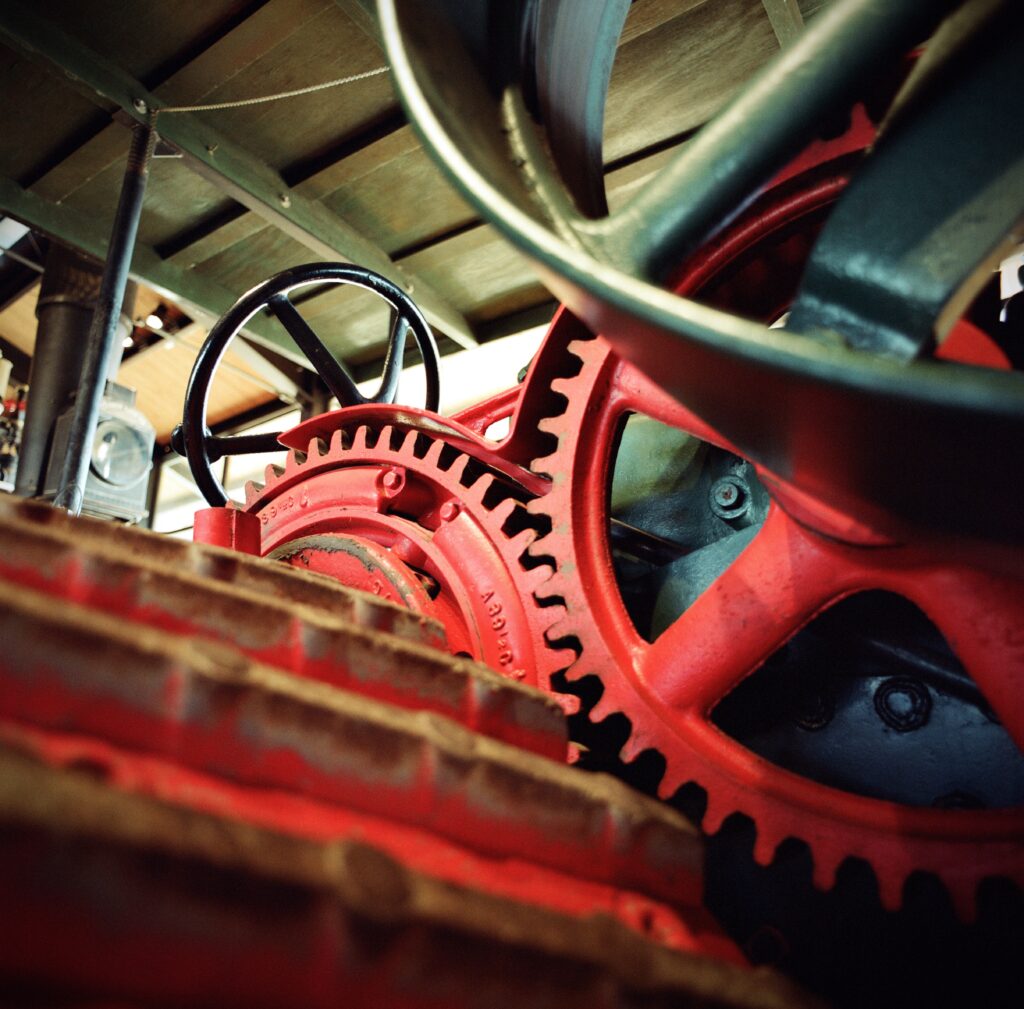
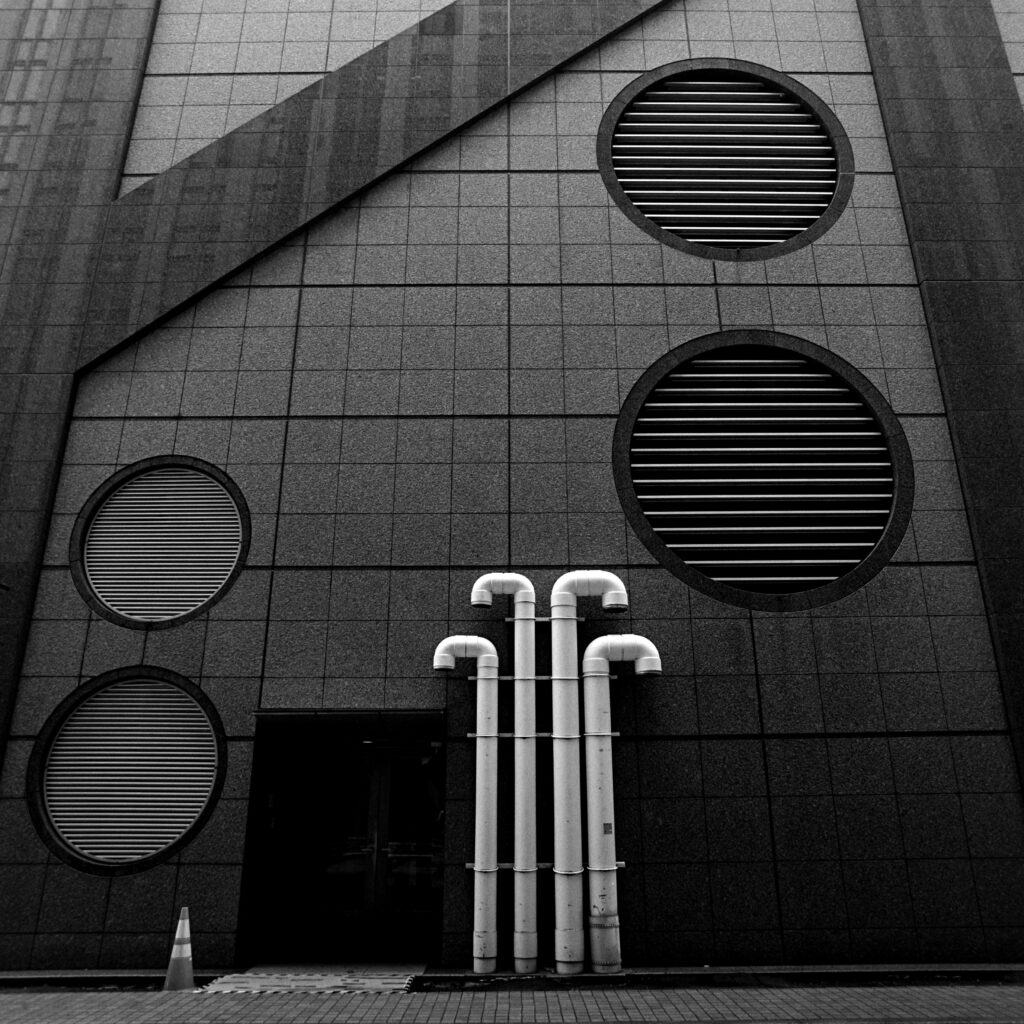
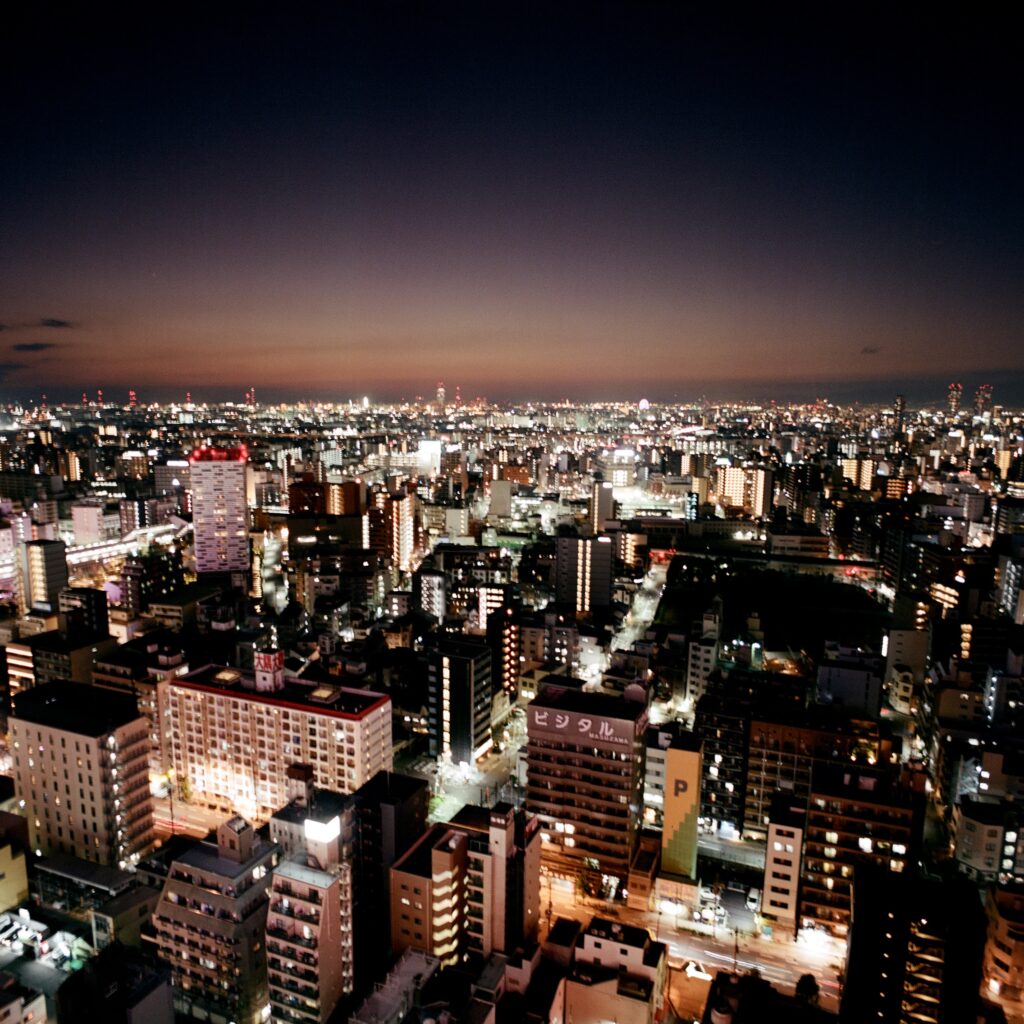
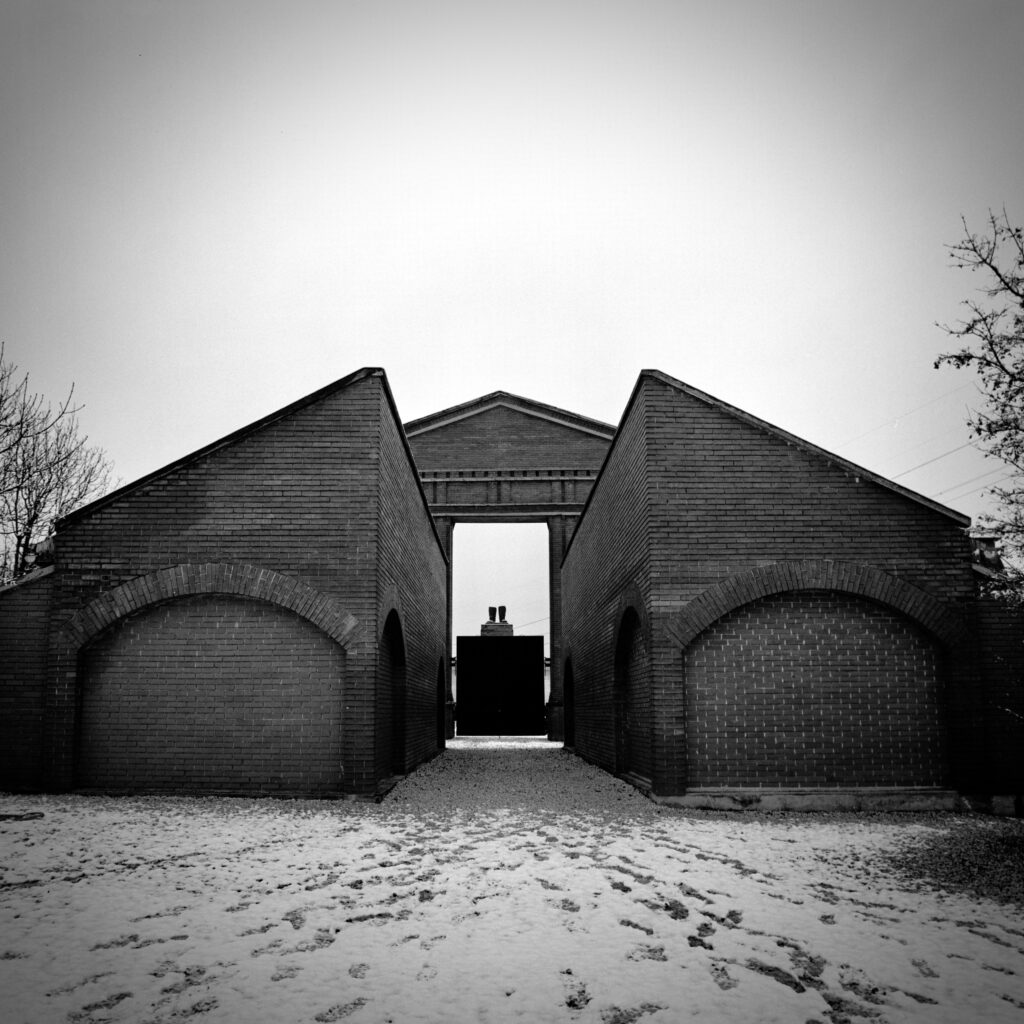
Overall, this lens has been my favorite for the system by a fairly wide margin – I’ve taken more photos with the Nikkor-D than with all the other lenses I have for the S2 combined. Despite it’s size, I’ve carried this thing through 10 different countries and it’s unlike anything else I own in performance and field of view.
Thanks for reading!
If you enjoyed this, you can find my photography on Flickr, and my current projects on Reddit and Github.
Share this post:
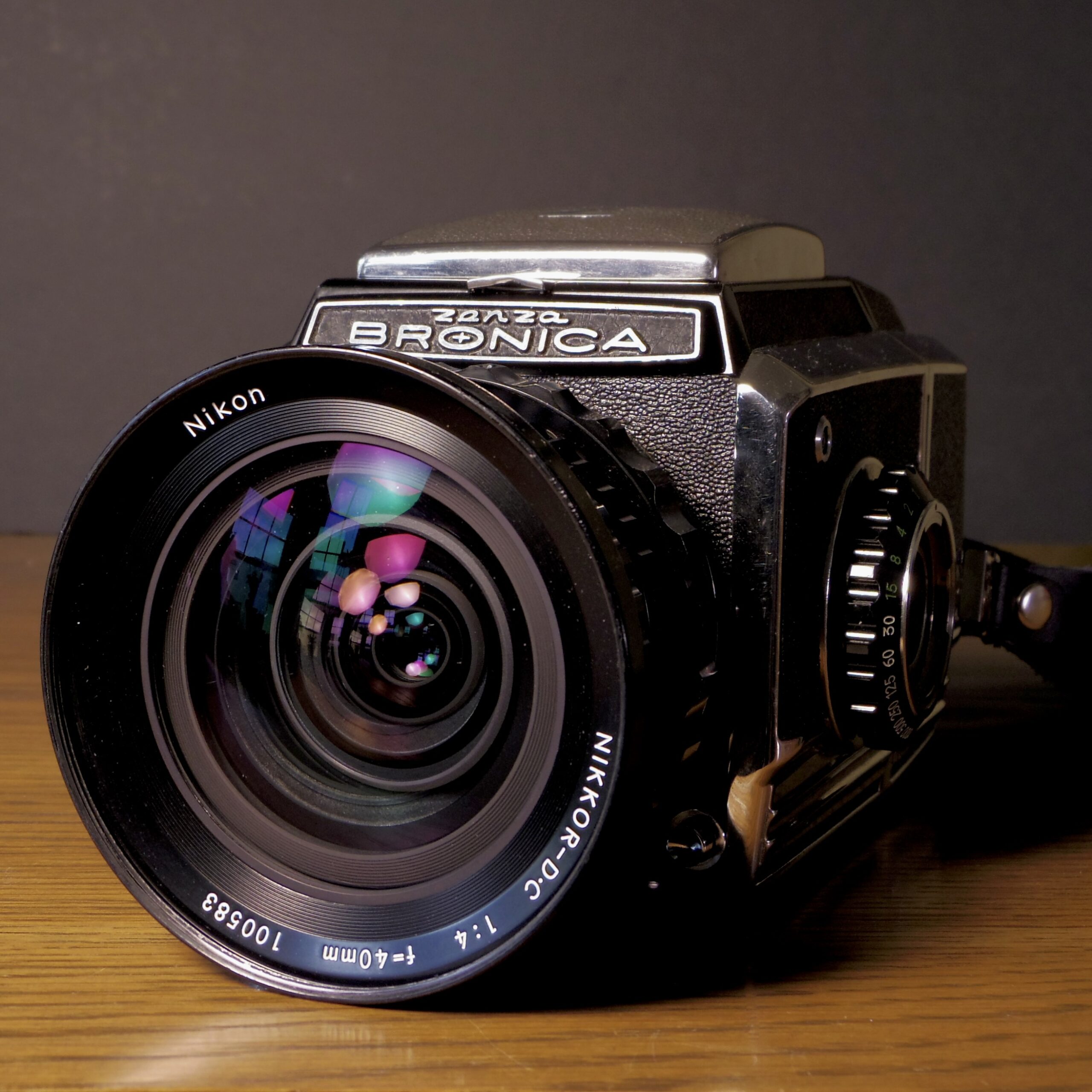
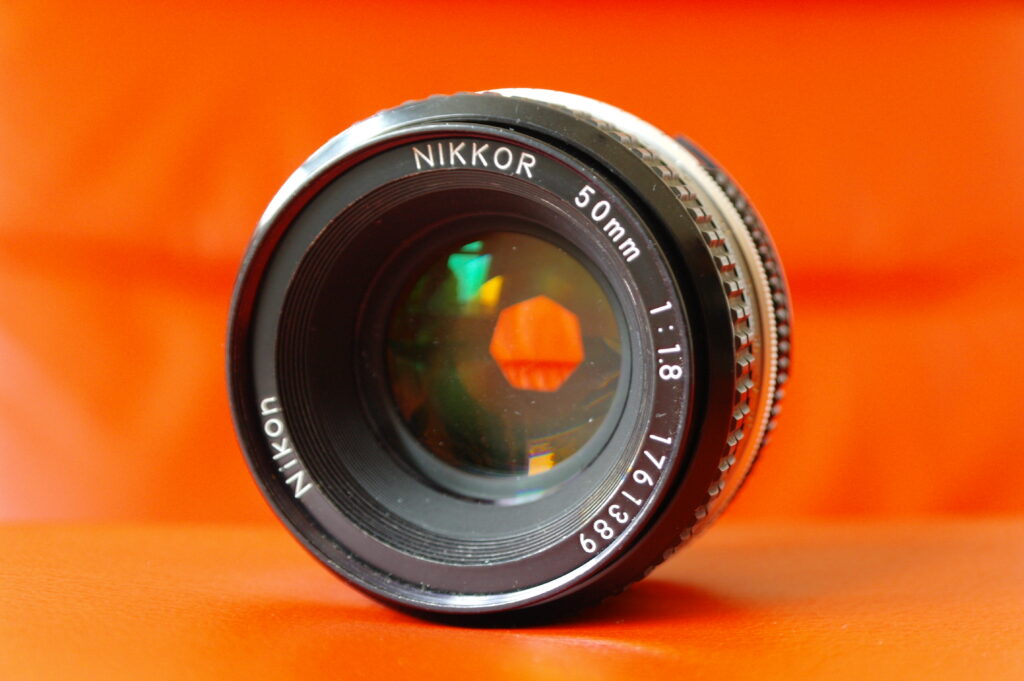
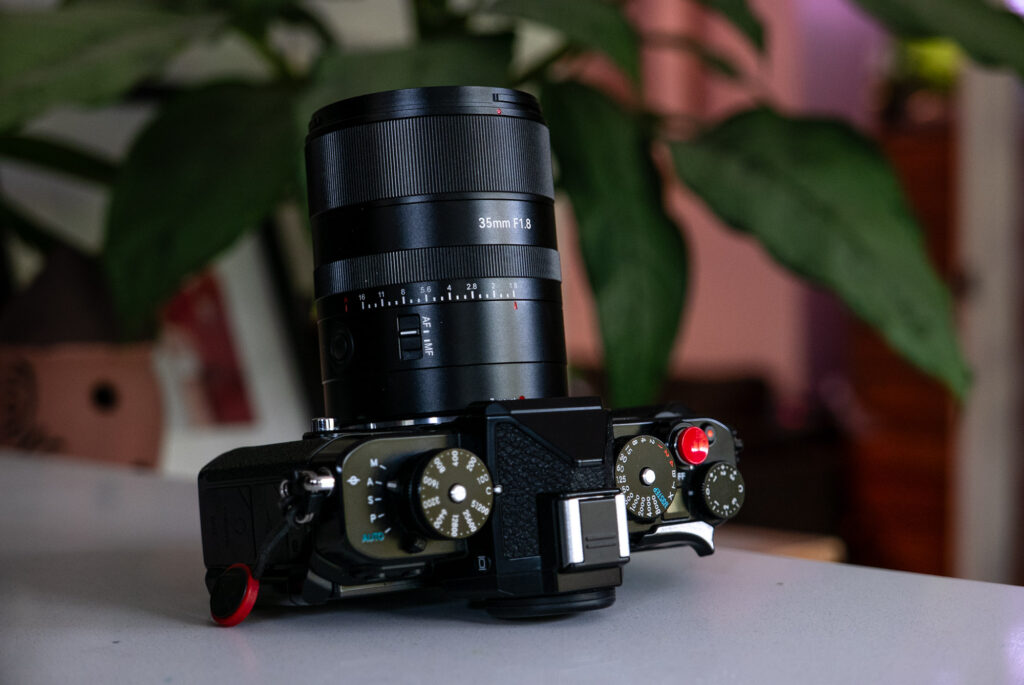
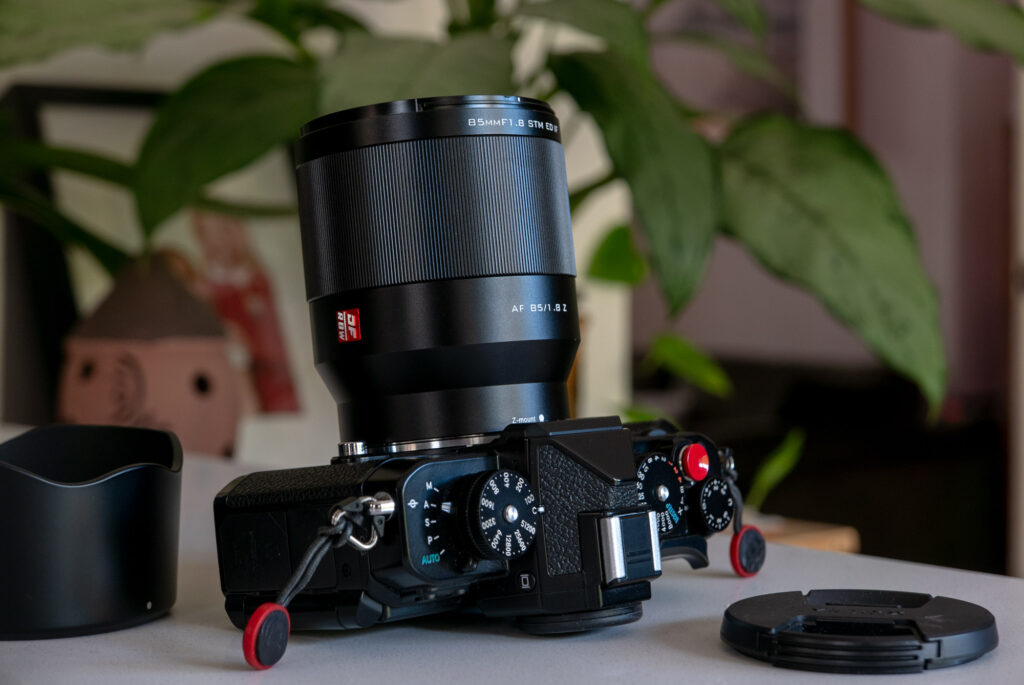
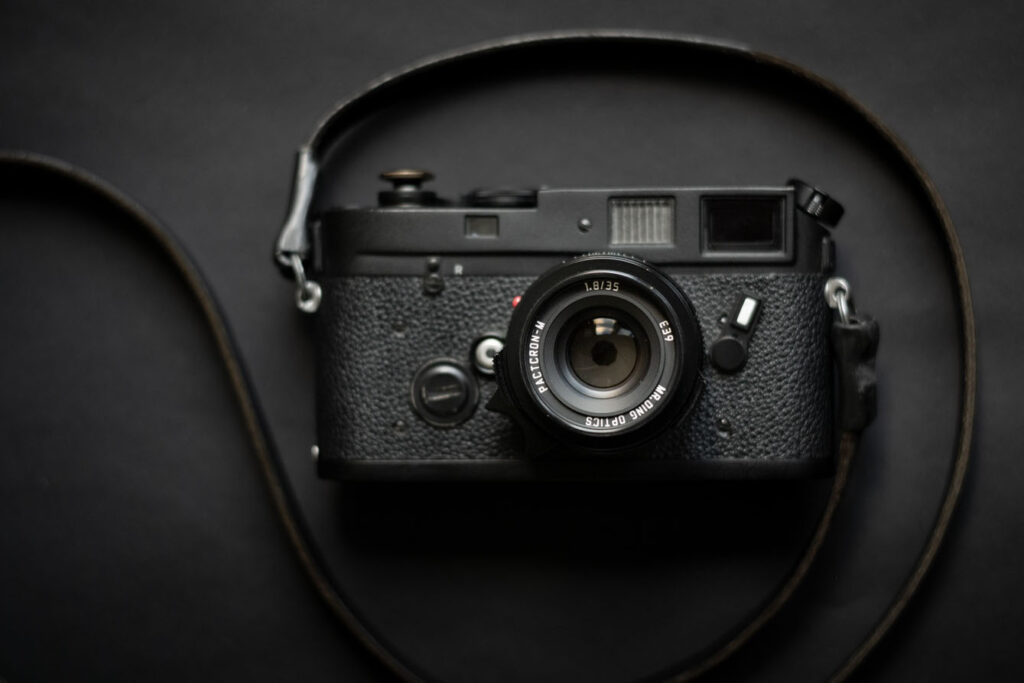




Comments
Thomas Wolstenholme on Nikkor D 40mm f4 and Bronica S2 – aka the Bronica SWFF (Super Wide & F-ing Fat)
Comment posted: 12/05/2025
Stephen E Fretz on Nikkor D 40mm f4 and Bronica S2 – aka the Bronica SWFF (Super Wide & F-ing Fat)
Comment posted: 12/05/2025
But ... for those who MUST have a Zeiss lens like the SWC has, both Hasselblad and Rollei (for the SL66 platform) offered 40mm lenses, the Rollei version being a Zeiss produced under license. The Rollei is cheaper because the SL66 has a built-in focal plane shutter, but the SL66 isn't nearly as repairable as a Hassie.
(Goes off to eBay to looks for S2As)
Arthur on Nikkor D 40mm f4 and Bronica S2 – aka the Bronica SWFF (Super Wide & F-ing Fat)
Comment posted: 12/05/2025
Gary Smith on Nikkor D 40mm f4 and Bronica S2 – aka the Bronica SWFF (Super Wide & F-ing Fat)
Comment posted: 12/05/2025
Skink74 on Nikkor D 40mm f4 and Bronica S2 – aka the Bronica SWFF (Super Wide & F-ing Fat)
Comment posted: 12/05/2025
The 50mm is a similar situation - I have both the Nikkor OC 50mm/2.8 and the Zenzanon MC 50/2.8. The Nikkor is again an absolute monster compared to the Zenza - a 77mm filter size vs 67mm and it weighs 35% more. But again both have pretty stellar image quality. I just end up using the Zenza version way more because of the size.
And you are so right about the bayonet lens caps!
Tim Bradshaw on Nikkor D 40mm f4 and Bronica S2 – aka the Bronica SWFF (Super Wide & F-ing Fat)
Comment posted: 12/05/2025
Alexander Seidler on Nikkor D 40mm f4 and Bronica S2 – aka the Bronica SWFF (Super Wide & F-ing Fat)
Comment posted: 13/05/2025